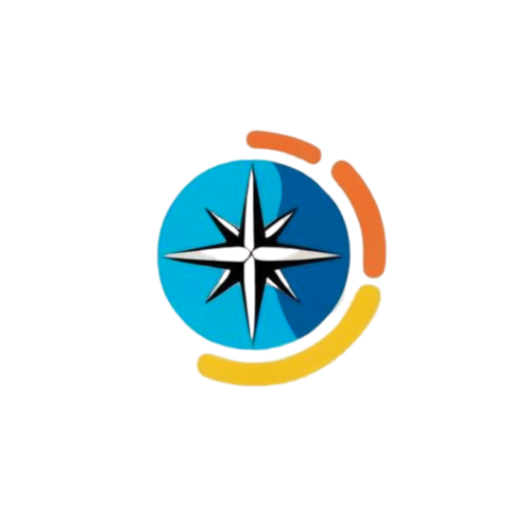Historical Timeline
1606 (March 6, Friday): First recorded European sighting by the Spanish explorer Luís Váez de Torres
1828 (November 25, Tuesday): The first British landing on the island of New Guinea
1884 (November 4, Tuesday): Papua New Guinea becomes a British protectorate
1942 (January 23, Thursday): World War II: Japanese forces land on New Guinea; significant battles such as the Battle of Kokoda
1975 (September 16, Tuesday): Papua New Guinea gains independence from Australia
1998 (July 17, Friday): Rabaul Earthquake and Tsunami: A 7.0 magnitude earthquake followed by a tsunami devastates the Rabaul region
2000 (January 10, Monday): Bougainville Crisis ends with a peace agreement after years of civil war over independence
2002 (April 17, Wednesday): Mount Ulawun Eruption: A significant volcanic eruption, impacting nearby areas
2007 (February 2, Friday): Mount Rabaul Eruption: A volcanic eruption damages the city and surrounding areas
2018 (February 26, Monday): 2018 Papua New Guinea Earthquake: A magnitude 7.5 earthquake strikes the Highlands, causing widespread destruction and loss of life
2020 (March 22, Sunday): COVID-19 Pandemic: Papua New Guinea records its first confirmed COVID-19 cases, leading to significant health and economic challenges
General Information
Continent: Oceania (Melanesia)
Location: Island nation in the southwestern Pacific, occupying the eastern half of New Guinea island, as well as numerous smaller islands
Capital: Port Moresby
Language: English (official), Tok Pisin, Hiri Motu (widely spoken)
Currency: Kina (PGK)
Population: ~9 million (last updated: April 2025)
Time Zone: Papua New Guinea Time (UTC+10)
Topography
Borders: Papua New Guinea shares a border with Indonesia (Western New Guinea) to the west
Landscape: Rugged mountains, dense tropical rainforests, coastal plains, and active volcanic regions
Major Rivers: Sepik River, Fly River, Ramu River, Tauri River
Major Mountains: Mount Wilhelm (highest point), Mount Bosavi, Mount Hagen
Deserts: No deserts
Lakes: Lake Murray, Lake Kutubu
Volcanoes: Mount Rabaul, Mount Tavurvur, Mount Ulawun
Highest Point: Mount Wilhelm (4,509 m / 14,793 ft)
Lowest Point: Pacific Ocean (sea level)
Climate: Tropical climate, with wet and dry seasons; subject to monsoons and occasional cyclones
Geological Features: Mountain ranges, volcanic activity, coral reefs, vast rainforests, rich biodiversity
Demography
Ethnic Groups: Predominantly Melanesian, with smaller communities of Papuan, Austronesian, and other Pacific Islanders
Religion: Christianity (Roman Catholic and Protestant)
Urban Population: ~13% (last updated: 2023)
Aging Population: ~3% aged 65+ (last updated: 2024)
Culture
Famous For: Diverse cultures and languages (over 800 languages), traditional ceremonies, art, and dance
Cuisine: Sago, taro, yam, sweet potato, fish, pigs, tropical fruits, and traditional cooking methods (such as the “mumu”)
Arts: Traditional body painting, carving, weaving, and masks
Sports: Rugby league, rugby union, soccer, and traditional sports like Sepik River canoe racing
Economy
Economy Type: Mixed economy with agriculture, mining, and petroleum sectors playing dominant roles
GDP: Approx. $24 billion USD (last updated: 2024)
Major Industries: Mining (gold, copper, oil), agriculture (coffee, cocoa, oil palm), timber, fisheries
Key Exports: Petroleum, gold, copper, coffee, cocoa
Unemployment Rate: ~2.5% (last updated: 2024)
Economic Regions: Mining and petroleum industries in the Highlands; agricultural and rural economies in coastal areas
Government
Government Type: Parliamentary democracy within a constitutional monarchy (Commonwealth realm)
Head of State: King Charles III (as of April 2025)
Head of Government: Prime Minister James Marape (as of April 2025)
Legislature: Unicameral (National Parliament)
Constitution: In effect since 1975, with amendments
Travel Attractions
Port Moresby: National Museum and Art Gallery, nearby nature reserves, cultural centers
Tufi: Scenic fjords, diving, and eco-tourism
Mount Hagen: Famous for its annual cultural show, rich highland culture
Rabaul: Historic city with volcano views, diving, and war history
Bismarck Archipelago: Beautiful islands, coral reefs, and marine life
Sepik River: Unique cultural experience along the longest river in Papua New Guinea
Kokoda Track: Famous trekking route through World War II history and scenic landscapes
